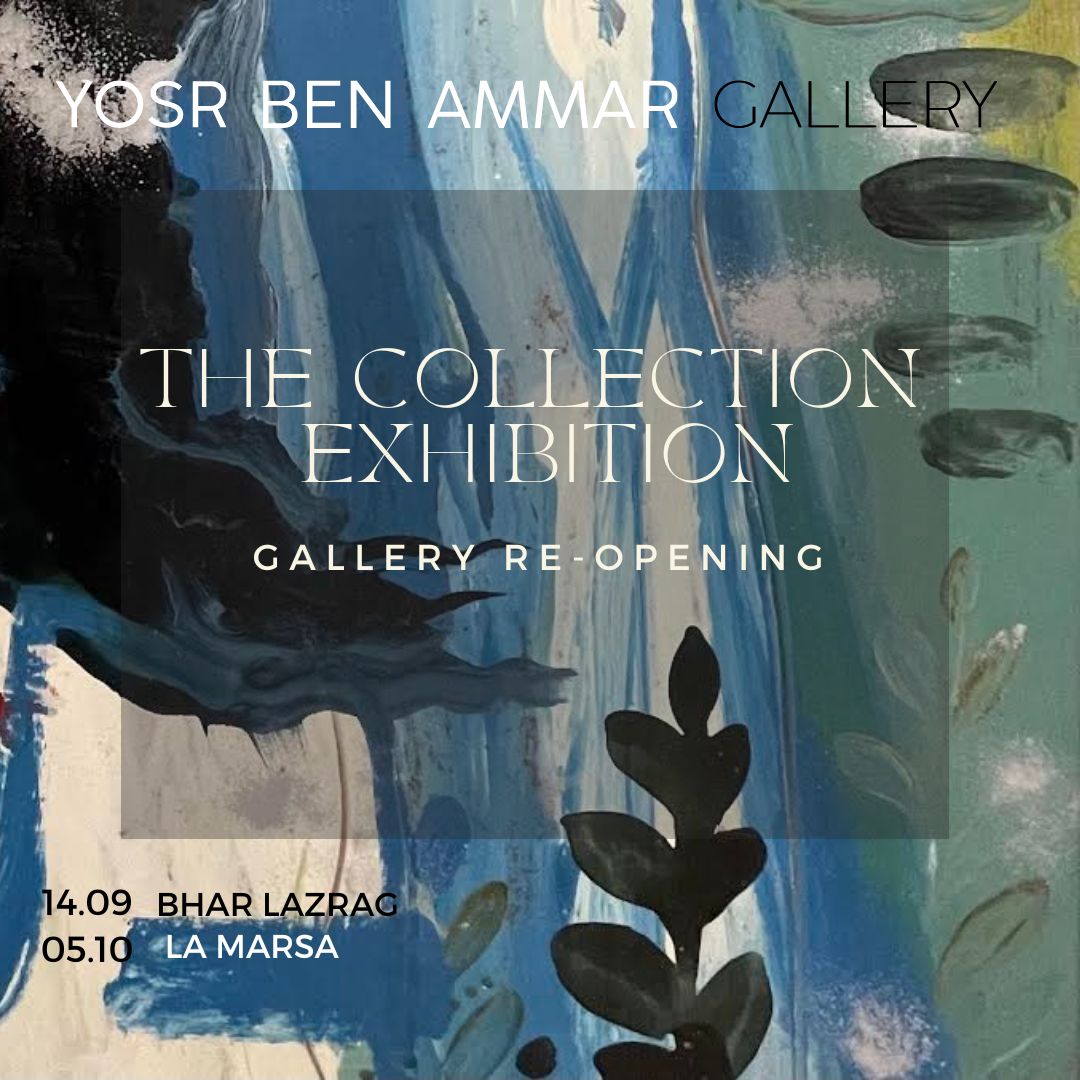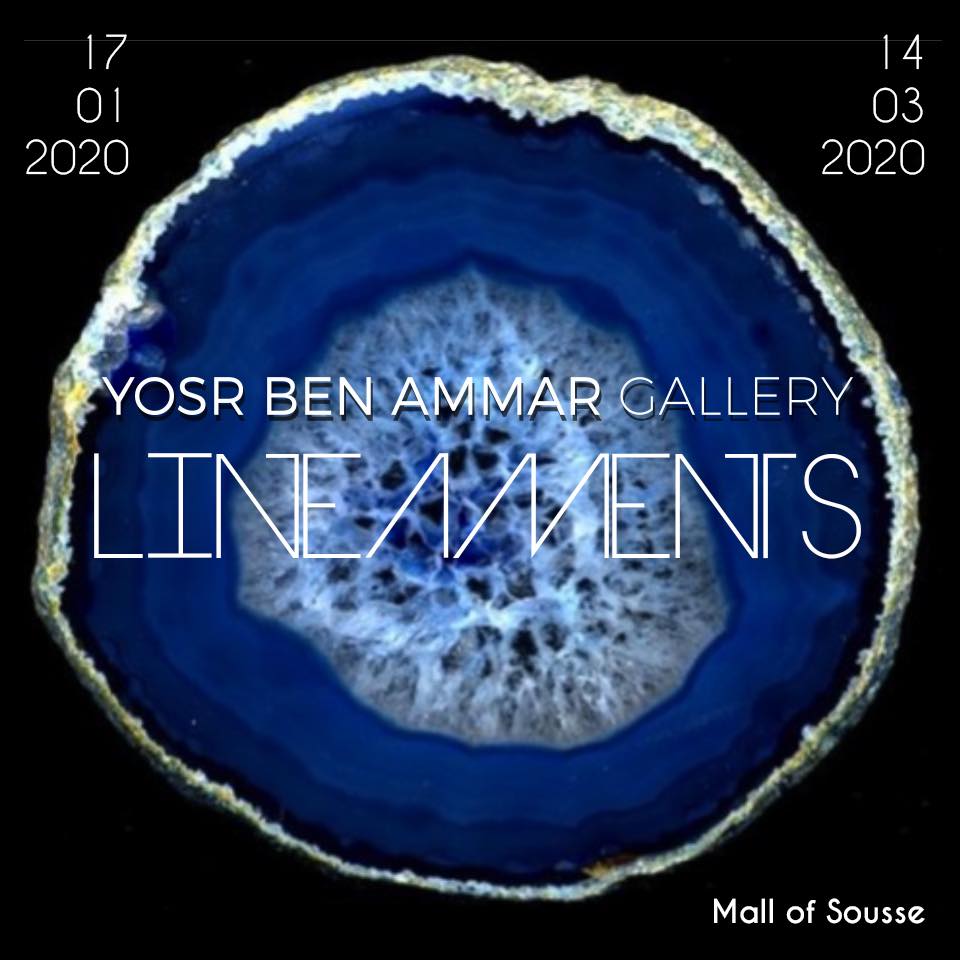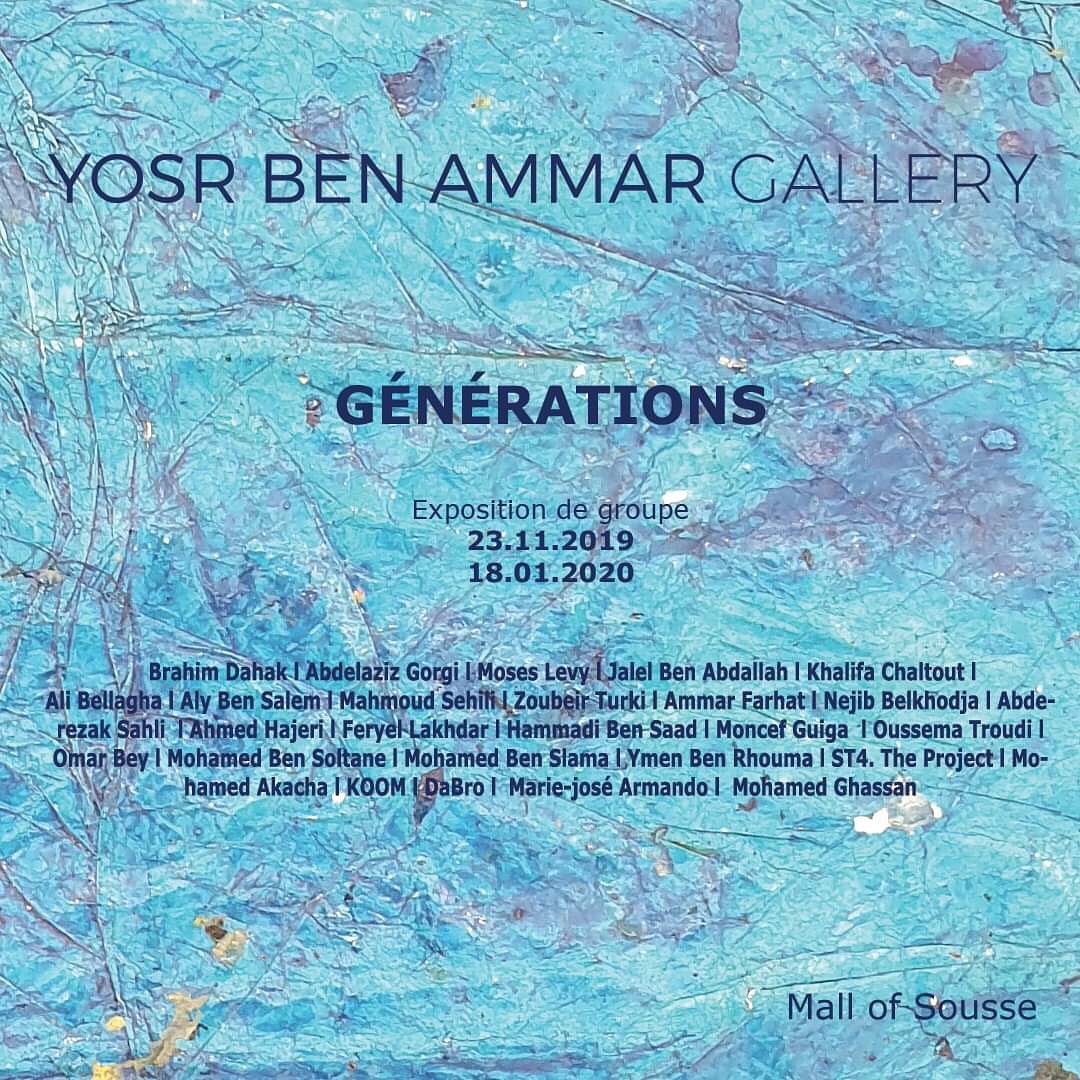ZOUBEIR TURKI (1924-2009)
Tunisian painter and sculptor — an emblematic figure of modern Tunisian art
The younger brother of Hédi Turki, Zoubeir Turki stands as a major figure in 20th-century Tunisian painting. Born in Tunis, he studied at Zitouna and the Institut des Hautes Études de Tunis, while also attending the École des Beaux-Arts of Tunis. As an Arabic teacher in French schools, he distinguished himself through social commitment: during the violent events of January 1952, he encouraged his students to go on strike, which led to his dismissal.
He then moved to Sweden and joined the Academy of Fine Arts in Stockholm, where he refined his artistic practice. Upon his return to Tunis after independence, he asserted himself as an advocate of figurative expression and quickly became one of the standard-bearers of Tunisian painting, with his works gaining both national and international recognition.
Zoubeir Turki also played an important institutional role: he held key positions within the administration of arts and culture, founded the National Union of Plastic Arts of Tunisia (which he presided over until his voluntary departure), and contributed to the creation of the Maghreb Union of Plastic Arts. He also worked on the establishment of the Belvédère Center for Living Art in Tunis. His commitment extended to public life as well: he was elected deputy and municipal councilor.
Throughout his career, Zoubeir Turki embodied a figurative art rooted in Tunisian culture, blending social sensitivity, civic engagement, and pictorial modernity.





